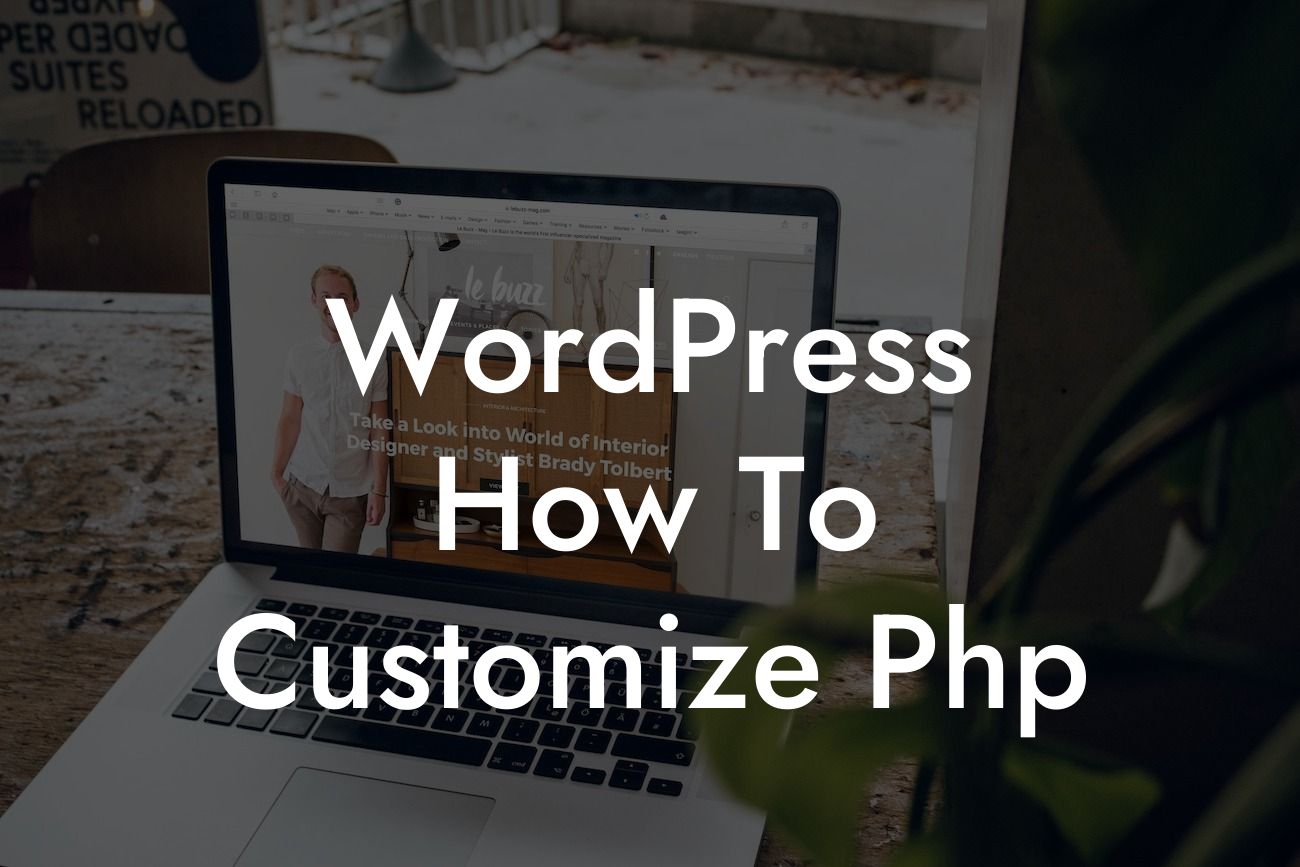WordPress is a powerful content management system that allows you to build and customize websites with ease. While its user-friendly interface makes it accessible to everyone, there may be instances where you'll need to customize the PHP code behind your WordPress site. Whether it's adding a new functionality or tweaking an existing feature, customizing PHP can unlock endless possibilities. In this guide, we'll delve into the world of customizing PHP in WordPress and equip you with the knowledge to take your website to the next level.
Customizing PHP in WordPress can sound daunting at first, but fear not! With the right guidance, you'll be able to navigate through the code and make the desired changes. Let's break down the process step by step:
1. Understanding PHP in WordPress:
To effectively customize PHP code, it's crucial to have a basic understanding of how it works within the WordPress framework. We'll explain the fundamentals, including hooks, actions, and filters, and how they influence the behavior of your website.
2. Identifying the PHP File:
Looking For a Custom QuickBook Integration?
Each aspect of your WordPress website is governed by a specific PHP file. We'll guide you on how to locate the relevant file that needs customization. From theme files to plugin files, you'll know exactly where to look.
3. Using Child Themes:
One of the safest ways to customize PHP in WordPress is by utilizing child themes. We'll explain what child themes are, why they're important, and how to create and activate them. By leveraging child themes, you can make changes to your website without the risk of losing them during theme updates.
4. Making Changes to PHP:
With the foundation laid, it's time to dive into customizing PHP. We'll walk you through various scenarios and provide practical examples, whether it's modifying the header, footer, or adding custom functionality. Along the way, we'll cover best practices and pitfalls to avoid.
Wordpress How To Customize Php Example:
Let's consider an example where you want to display a custom message on your website's footer. We'll guide you through the steps of creating a child theme, locating the appropriate PHP file, and adding the necessary code to display the message. With this example, you'll gain hands-on experience that can be applied to other customization tasks.
Congratulations! You've unlocked the power of customizing PHP in WordPress. By understanding the basics, identifying the right files, and utilizing child themes, you can make your website truly unique. Take your customization skills further with DamnWoo's awesome WordPress plugins designed exclusively for small businesses and entrepreneurs. Boost your online presence, explore our other guides, and supercharge your success today.













